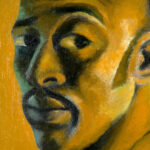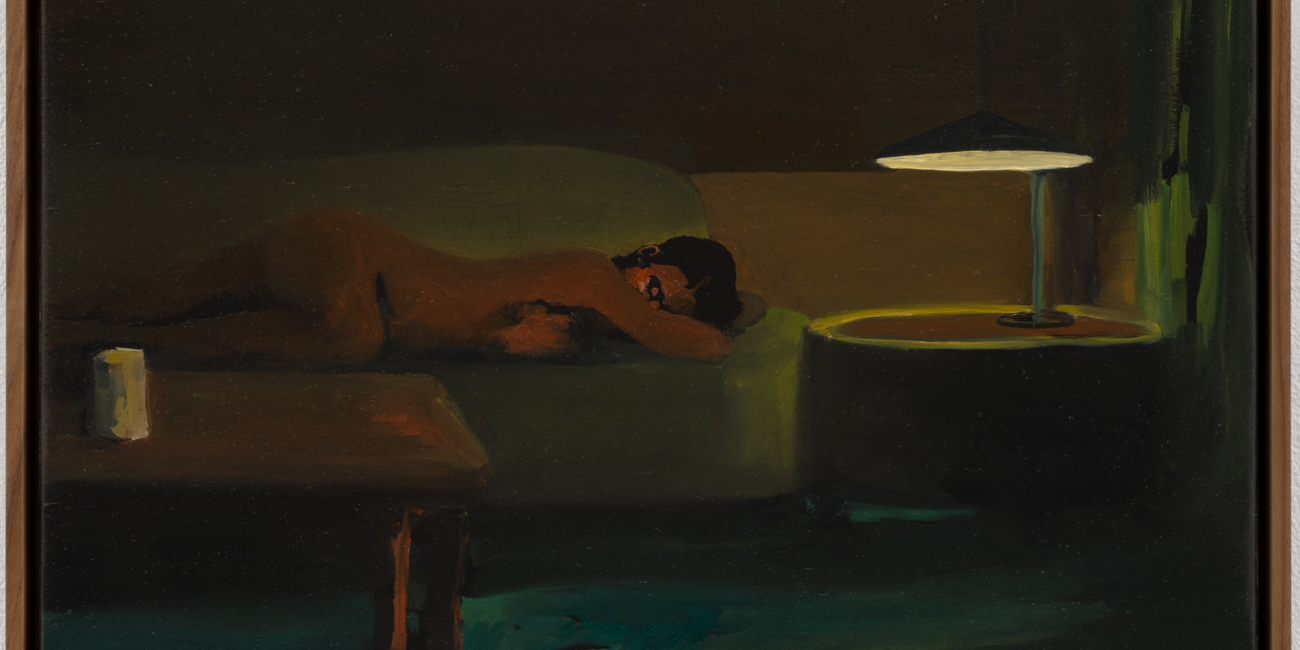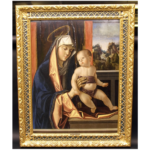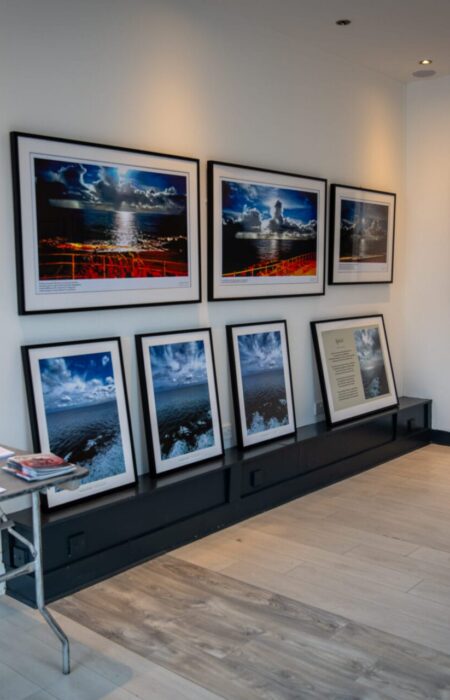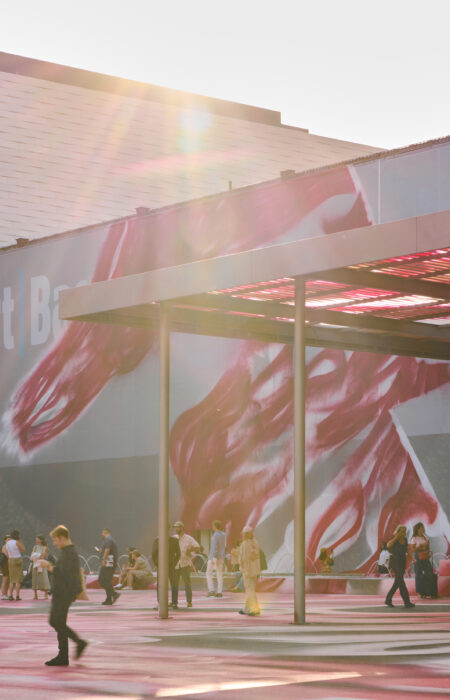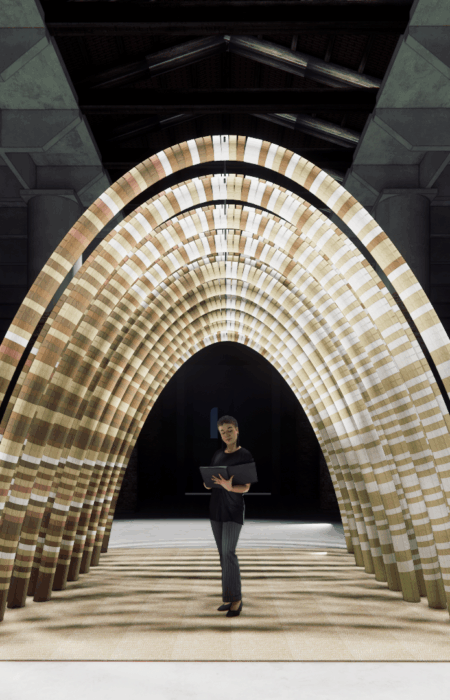At the opening of TEFAF Maastricht on Thursday morning, several galleries made their debut in the remote Dutch university town. While the fair is renowned for its collection of Old Masters works and antiquities, first-time exhibitor Marianne Boesky broke the mold by presenting a series of small-scale figurative paintings by New York-based artist and photographer Danielle Mckinney.
Mckinney, 42, has experienced a significant rise in popularity in recent years. Her paintings, many completed just this year, represent some of the youngest works showcased at the exhibition. These paintings center on Black women, often depicted partially undressed under dim lighting, within intimate domestic settings like bedrooms, styled to resemble magazine photoshoots. In these works, the women’s bodies frequently blend with the surrounding furniture. Of the eight paintings shown at TEFAF, most were under 20 inches in height—roughly the size of a standard sheet of paper. In pieces such as Lumen and Crimson, both completed within the last three months, the focus is on solitary, undressed women. One figure is shown asleep on her stomach, partially illuminated by the glow of a table lamp, while the other sits upright, concealing her body behind a red folding fan.
All eight of the Mckinney pieces brought to Maastricht, priced between $70,000 and $120,000, sold even before the fair officially opened, according to the dealer, who shared with ARTnews that there is a growing waitlist for her works. For Boesky, bringing Mckinney’s art to Maastricht was not only about tapping into a European audience, but also building on the momentum created by her Berlin-based gallerist Max Hetzler, who recently held an exhibition of Mckinney’s work in Germany.
Sharing Booth Space: Mckinney’s Works and Edward Hopper’s 1926 Gloucester Drawing
At TEFAF Maastricht, sharing the same booth wall as Danielle Mckinney’s paintings is a 1926 drawing by Edward Hopper of a white summer home in Gloucester, Massachusetts. Marianne Boesky, the gallery owner, wanted to display the works side by side because Mckinney has developed a recent fascination with Hopper after viewing his work at the Whitney Museum of American Art in 2023. According to Boesky, Mckinney’s background in photography—she earned an M.F.A. in the medium from Parsons in 2013—led her to identify elements in Hopper’s work that seemed akin to film.
Hopper, who passed away nearly 60 years ago, was known for his focus on white subjects in upper-class East Coast settings. His popularity grew during a period of rising nationalism in the U.S., a point art historian Gail Levin explored in her 2021 essay, “Anglo-Saxon: Nationalism and Race in the Promotion of Edward Hopper.” Levin argued that Hopper’s rise in popularity was tied to his association with whiteness, particularly during a time when nationalism was on the rise in the country.
Both Mckinney and Hopper’s works are difficult to acquire. Boesky shared that the Gloucester drawing was especially hard to find. Such rare finds are a major draw at a European-focused fair like TEFAF, where the collector base tends to be older and predominantly white, preferring items that adhere to more traditional standards and are considered rare. According to several dealers, the audience at TEFAF takes more time looking for works that carry a sense of rarity, which stands in contrast to more contemporary-focused fairs.
However, the collectors who bought Mckinney’s paintings before the booth officially opened were spread out globally, with some based in the U.S. and others in Europe, Boesky noted. Although none of the works were acquired by museums during this fair, one of Mckinney’s pieces was recently added to the Metropolitan Museum of Art’s collection, which has sparked even more interest in her work.
For Mckinney’s small-scale paintings, their mysterious and chic qualities seem to contribute to their sales. “They just want to be in their own little worlds,” Mckinney said in a recent profile in The New York Times, reflecting on the growing attention around her work. Boesky wanted to give collectors a visual understanding of Mckinney’s references, rather than just explaining them. By pairing Mckinney’s works with Hopper’s, Boesky adds another layer of interpretation, suggesting, “There’s a cinematic thing about them.”




